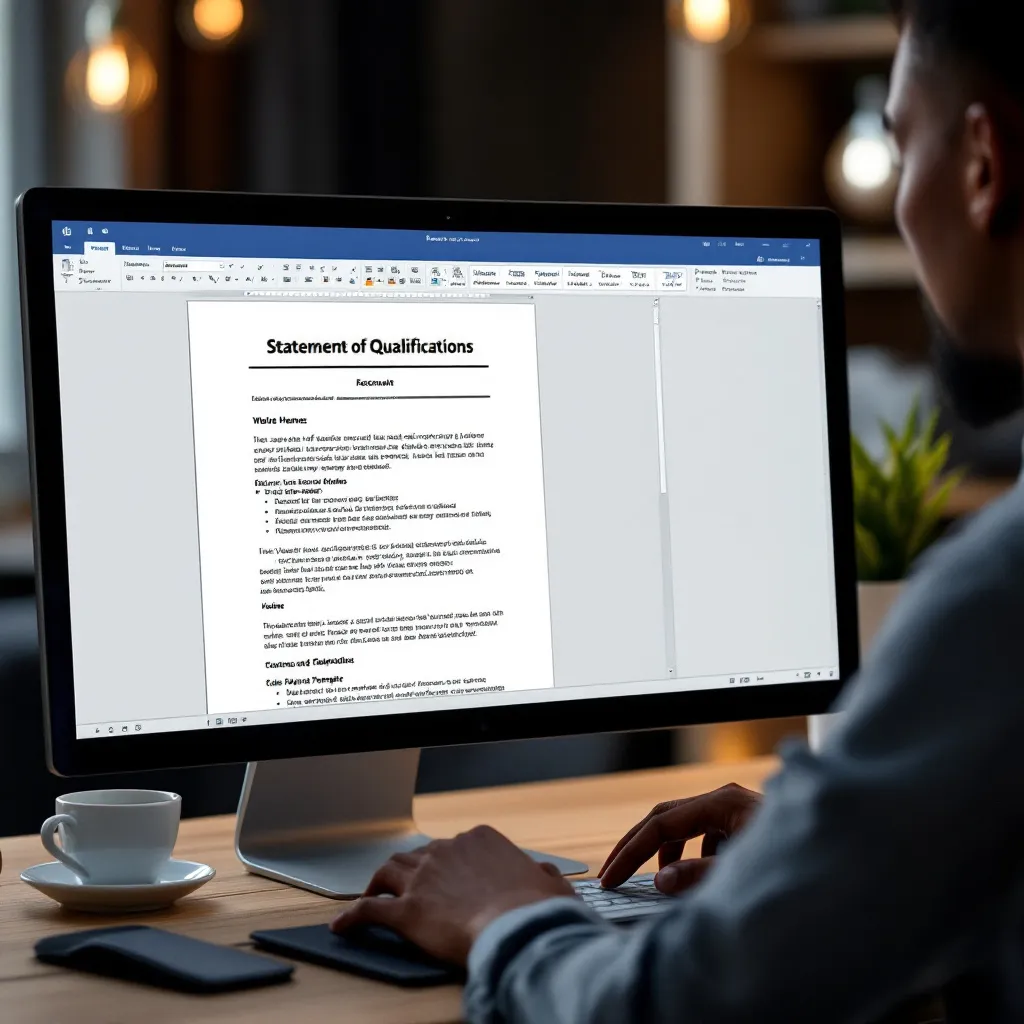In today’s competitive landscape, standing out is no longer optional—it’s essential. While templates have long been the go-to solution for efficiency, a growing movement toward template-free approaches is revolutionizing how we create content, design documents, and build our professional presence. This shift reflects a deeper desire for authenticity and differentiation in an increasingly homogenized digital world.
The Limitations of Templates: Why Template-Free Approaches Are Gaining Popularity
Templates promised convenience but delivered conformity. According to The Authors Pad, standardized designs often dilute unique personal branding—a critical consideration in US and UK markets where individuality is prized. The rigid structures imposed by templates clash with the emphasis on innovation that defines English-speaking professional cultures.
The statistics tell a compelling story: 27% of businesses lack a content strategy, often due to over-reliance on formulaic approaches. This template dependency creates a sea of sameness where resume examples look identical, presentations follow predictable patterns, and websites blend into one another.
Perhaps most concerning is how templates stifle skill development. When we rely exclusively on pre-built frameworks, we miss opportunities to develop creative problem-solving abilities and design thinking—skills that are increasingly valuable in today’s economy.
Benefits of Going Template-Free
The advantages of breaking free from templates extend beyond aesthetics. Studies show that culturally diverse teams using template-free methods report 35% higher innovation rates, according to Hult International Business School. This aligns perfectly with the English-speaking market’s preference for originality.
The flexibility to adapt content to specific contexts allows for more personalized communication. Direct, personalized content outperforms templated messaging by 24% in engagement metrics, as reported by Thomas.co. This is particularly relevant when creating cool looking resumes that capture attention in competitive job markets.
Creative Freedom vs. Structure
The beauty of template-free approaches isn’t the absence of structure—it’s the freedom to create structure that serves your specific purpose. Modern tools like ResuFit offer guidance without rigidity, allowing you to incorporate best practices while maintaining creative control.
Instead of downloading a generic resume template, professionals are increasingly turning to flexible frameworks that provide direction without dictating every design decision. This balance between guidance and freedom is where true innovation happens.
Template-Free Alternatives for Common Use Cases
Documents and Presentations
AI-powered content assistants have transformed how we create custom documents from scratch. Tools like ResuFit help users develop personalized content that reflects their unique experiences and skills, rather than forcing them into a one-size-fits-all template.
When it comes to resume formatting, template-free approaches allow for strategic emphasis on your strongest qualifications. Unlike rigid templates that allocate the same space to each section regardless of relevance, custom designs can highlight your unique value proposition.
Websites and Digital Content
Modern website builders have evolved beyond rigid templates to offer component-based systems that combine modularity with customization. This approach enables unique digital presences while maintaining usability—a critical balance for effective online communication.
Companies that prioritize custom design report stronger brand recognition and higher conversion rates. While it may require more initial investment than downloading a template, the long-term benefits of differentiation make it worthwhile for businesses seeking competitive advantage.
When Templates Still Make Sense: A Balanced Perspective
Despite the advantages of template-free approaches, templates still have their place in certain contexts. For high-volume content production, templates reduce errors by 40% according to Terry Loving. New hires in English-speaking companies complete tasks 27% faster with templated guidelines.
Free student resume templates can provide valuable structure for those new to job applications, while art resume template options can offer inspiration even if you ultimately create a custom design.
The key is recognizing when efficiency matters more than uniqueness. For routine internal documents or when facing tight deadlines, templates can be valuable time-savers. The best approach is often a hybrid one—starting with a template but customizing it significantly to reflect your unique needs and style.
Getting Started with Template-Free Creation: Practical Steps
Ready to break free from template dependency? Here’s how to begin:
-
Audit your current content: Identify areas where templated approaches are limiting your effectiveness. Are your materials blending in rather than standing out? This is particularly important for job seekers evaluating their american resume format sample against competitors.
-
Start with inspiration, not imitation: Instead of downloading templates, collect examples that inspire you and analyze what makes them effective. Tools like ResuFit can help analyze what works in successful documents without forcing you into a template.
-
Invest in modular design tools: Use Canva’s “Brand Kit” or Adobe Express to create custom elements that can be recombined for different purposes, striking a balance between efficiency and originality.
-
Leverage AI assistance: Rather than choosing between templates or starting from scratch, use intelligent tools like ResuFit that offer guidance while preserving your unique voice. This approach is particularly valuable for developing distinctive accounting experience examples that highlight your specific achievements.
-
Test and iterate: Use analytics to identify which custom elements perform better than their templated counterparts. This data-driven approach ensures your creative efforts deliver tangible results.
While services like affordable resume writing services or best cv writing service providers can help with this transition, tools like ResuFit offer a more cost-effective approach to creating truly personalized content.
Conclusion
The movement away from rigid templates represents a broader shift toward authenticity and personalization in professional communication. By embracing template-free approaches, you gain not just distinctive materials but also develop valuable creative skills that will serve you throughout your career.
Whether you’re crafting a resume, designing a presentation, or building a website, consider how breaking free from templates might help you create something truly unique and memorable. In a world of conformity, your willingness to forge your own path might be your greatest competitive advantage.




















